In recent years, there has been a notable shift in the way individuals approach their fitness routines, with an increasing number of people opting to bring the gym experience directly into the comfort of their homes.
This growing trend of home gyms reflects a desire for convenience, flexibility, and the ability to personalize one's fitness journey without the constraints of traditional gym hours or commuting hassles. As more individuals prioritize their health and well-being, the home gym has become a symbol of a lifestyle that seamlessly integrates fitness into daily routines.
Within the realm of home fitness equipment, the treadmill stands out as a cornerstone for achieving cardiovascular health and overall fitness goals. Its versatile nature accommodates various workout intensities, making it a suitable choice for individuals with diverse fitness levels. From brisk walks to challenging sprints, the treadmill provides a dynamic platform for cardiovascular exercise. Beyond its cardiovascular benefits, the treadmill's accessibility and ease of use make it an essential component for those seeking a comprehensive home gym setup.
This introduction explores the pivotal role of a treadmill in the context of home gyms, delving into the key features that make it a must-have for anyone committed to a holistic approach to personal fitness.
Key Considerations Of Having a Treadmill
Assessing the Room Size for Treadmill Placement
- Measuring Available Floor Space for the Treadmill
- Utilizing a tape measure to determine the length and width of the designated area.
- Accounting for additional space needed for user movement, safety, and access.
- Ensuring Proper Clearance Around the Treadmill for Safe Usage
- Identifying minimum clearance requirements specified by the treadmill manufacturer.
- Ensuring ample space at the front, sides, and rear to avoid any obstruction during operation
- Considering factors such as low ceilings or sloped surfaces that may impact treadmill placement.
- Considering Potential Noise and Vibration Impact on Surrounding Areas
- Researching the treadmill's noise and vibration levels during operation.
- Placing the treadmill on a stable, level surface to minimize vibrations.
- Using anti-vibration mats or pads to further dampen noise and protect the floor.
Foldable vs. Non-foldable Treadmill Options
Treadmills are a popular choice for home gym enthusiasts, offering a convenient way to achieve cardiovascular fitness. One crucial decision in selecting the ideal treadmill is choosing between foldable and non-foldable options. Each type comes with its own set of advantages and considerations, catering to different preferences and requirements.
- Benefits of Foldable Treadmills
- Space Optimization: Vertical Folding: Foldable treadmills can be vertically folded, making them suitable for homes with limited space. This feature is particularly beneficial for apartment dwellers or those with smaller workout areas.
- Portability and Storage: Easy Relocation: The ability to fold allows for easy relocation within the home. Users can move the treadmill to different rooms or store it away when not in use, enhancing overall flexibility.
- Versatility: Adaptability: Foldable treadmills cater to users who require a versatile workout space. After each use, the treadmill can be neatly stowed away, allowing the room to serve other purposes.
- Stability and Durability Differences Between Foldable and Non-foldable Treadmills
- Frame Construction: Material Quality: Non-foldable treadmills often boast sturdier frame constructions, utilizing high-quality materials that contribute to enhanced stability during workouts.
- Impact on Performance: Running Surface Quality: Non-foldable models may offer a more robust and spacious running surface, minimizing any potential impact on performance compared to some foldable designs.
- Weight Capacity: Durability Considerations: Non-foldable treadmills tend to have higher weight capacities, ensuring durability and stability even for users with larger body weights.
- Choosing the Right Treadmill for You
Ultimately, the decision between foldable and non-foldable treadmills depends on individual preferences, available space, and fitness goals. Those with limited space and a need for flexibility may find foldable treadmills more suitable, while users prioritizing stability and durability might lean towards non-foldable options. Careful consideration of these factors will guide you toward selecting the treadmill that best aligns with your home gym needs.

Budget Considerations
Budget plays a pivotal role in determining the type of treadmill that suits your needs. Understanding the range of treadmill prices and striking a balance between features and affordability are crucial steps in making an informed purchasing decision.
Understanding the Range of Treadmill Prices
- Entry-Level Treadmills:
- Affordability: Entry-level treadmills typically fall within the lower price range.
- Basic Features: These models often offer essential features for a straightforward cardiovascular workout.
- Mid-Range Treadmills:
- Moderate Pricing: Mid-range treadmills strike a balance between affordability and enhanced features.
- Diverse Features: Users can expect a broader range of workout programs, incline options, and possibly advanced tracking features.
- High-End Treadmills:
- Premium Pricing: High-end treadmills are positioned at the upper spectrum of the price range.
- Advanced Features: These models often boast cutting-edge technology, robust build quality, and a more extensive range of workout programs.
Balancing Features with Affordability
- Identifying Essential Features:
Prioritization: Determine the key features that align with your fitness goals. Essential features might include motor power, running surface size, and incline options.
- Customizing Options:
Tailoring to Needs: Choose a treadmill that offers customization, allowing you to select and pay for features that align with your workout preferences.
- Considering Long-Term Value:
Cost of Ownership: Look beyond the initial purchase price and consider the long-term value. Higher-quality treadmills may require less maintenance, providing cost-effectiveness over time.
- Exploring Value-for-Money Options:
- Research: Investigate various brands and models to find treadmills that offer a balance of features and durability within your budget constraints.
- Customer Reviews: Read reviews from other users to gauge the overall satisfaction and performance of the treadmill in real-world usage.
Essential Treadmill Features
Treadmills come with a variety of features that cater to different fitness preferences and goals. Understanding these essential features ensures that your treadmill aligns with your specific needs for a rewarding workout experience.
Motor Power and Horsepower
- Impact of Motor Strength on Performance
- Consistent Performance: A powerful motor ensures consistent speed and performance, especially during intense workouts.
- Quiet Operation: Higher horsepower often correlates with smoother and quieter treadmill operation.
- Matching Motor Power to Intended Usage
Consideration of Usage: Tailor motor power to your workout intensity. For running, a higher horsepower may be necessary, while walking or light jogging might require less.
Running Surface Size and Deck Cushioning
- Importance of a Spacious Running Area
- Comfortable Stride: A larger running surface provides ample space for a comfortable and natural stride.
- Versatility: A spacious area accommodates users of different heights and builds, enhancing overall treadmill usability.
- Significance of Deck Cushioning for Joint Health
- Impact Absorption: Quality deck cushioning minimizes the impact on joints, reducing the risk of injuries during prolonged use.
- Comfortable Experience: Cushioned decks contribute to a more comfortable and enjoyable running or walking experience.
Pre-set Workout Programs
- Customizable Workout Options
- Personalized Fitness Plans: Access to pre-set programs allows users to choose workouts based on their fitness goals.
- Adaptability: Customizable options enable users to tailor workouts to their fitness levels, ensuring a gradual progression.
- Incorporating Variety for a Well-rounded Fitness Routine
- Avoiding Monotony: Diverse programs prevent workout monotony, keeping users engaged and motivated.
- Targeting Different Muscle Groups: Varied routines contribute to a more comprehensive and balanced fitness regimen.
- Connectivity and Entertainment Features
Bluetooth and App Integration
Data Tracking: Bluetooth connectivity facilitates the tracking of workout data on fitness apps like PitPat Fitness providing insights into performance and progress.
Interactive Workouts: Integration with apps offers interactive features, enhancing the overall workout experience.
Motivational Content: Entertainment options like having races online can serve as motivation, encouraging consistent workout habits.

- Heart Rate Monitoring
Accuracy and Types of Heart Rate Monitoring
Precision: Accurate heart rate monitoring provides valuable insights into cardiovascular performance.
Integrating Heart Rate Data into Workouts
Optimizing Training: Utilizing heart rate data helps users optimize workouts, ensuring they stay within target heart rate zones for their fitness goals.
Safety and Effectiveness: Monitoring heart rate enhances workout safety and effectiveness, preventing overexertion.
- Folding and Storage Capabilities
Space-saving Designs for Home Gyms
Convenience: Foldable treadmills are space-efficient, making them suitable for smaller home gym setups.
Multi-functional Spaces: Folding capability allows users to reclaim space when the treadmill is not in use.
Ease of Folding, Unfolding, and Storage
User-Friendly Design: A user-friendly folding mechanism ensures easy operation, encouraging regular use.
Sturdy Construction: While foldable, the treadmill should maintain sturdiness and stability during both operation and storage.

Conclusion
In creating an ideal home gym, selecting the right treadmill involves thoughtful consideration of essential features that align with individual fitness goals, available space, and personal preferences. The journey toward a healthier lifestyle is greatly enhanced by incorporating must-have treadmill features, each contributing to a holistic and satisfying workout experience.




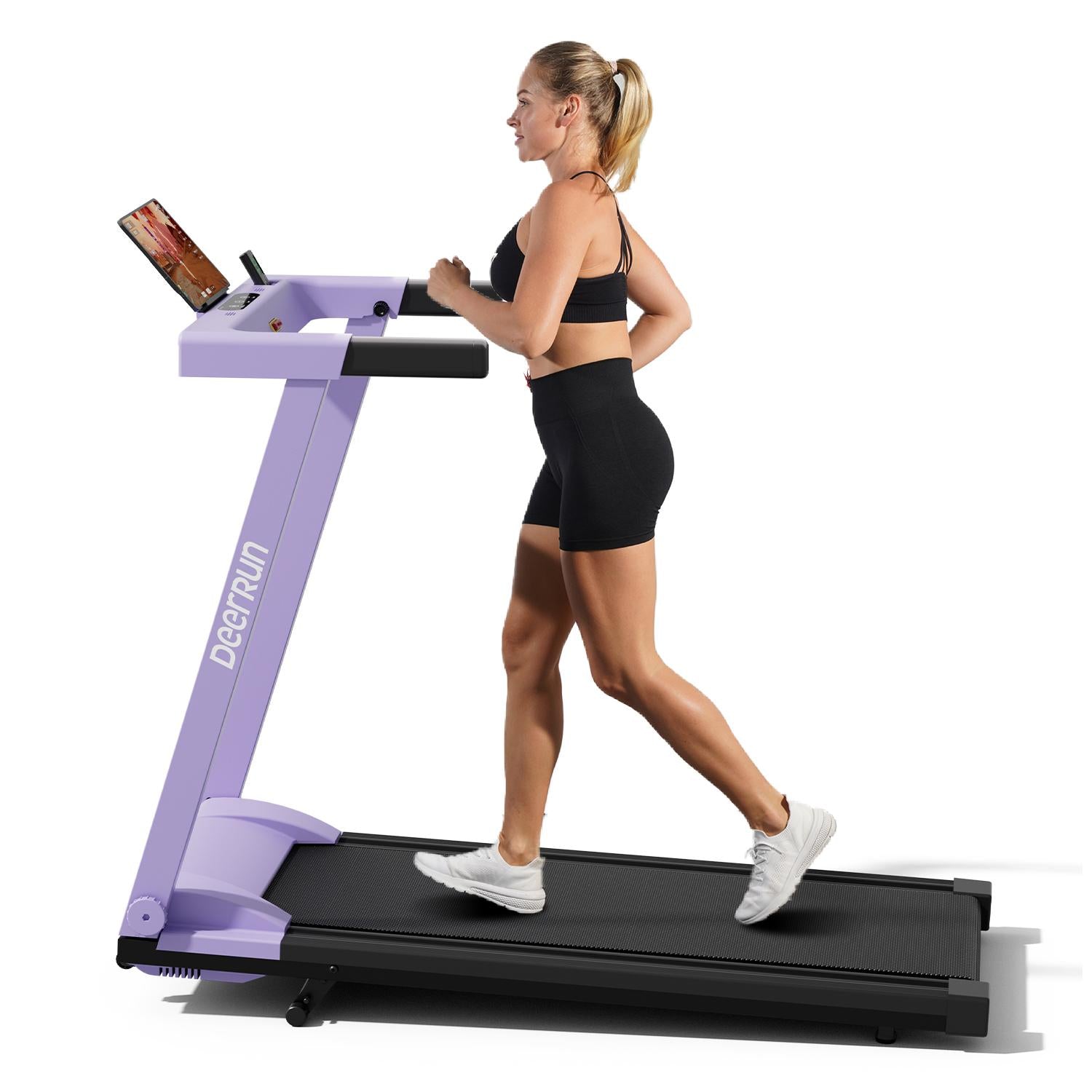


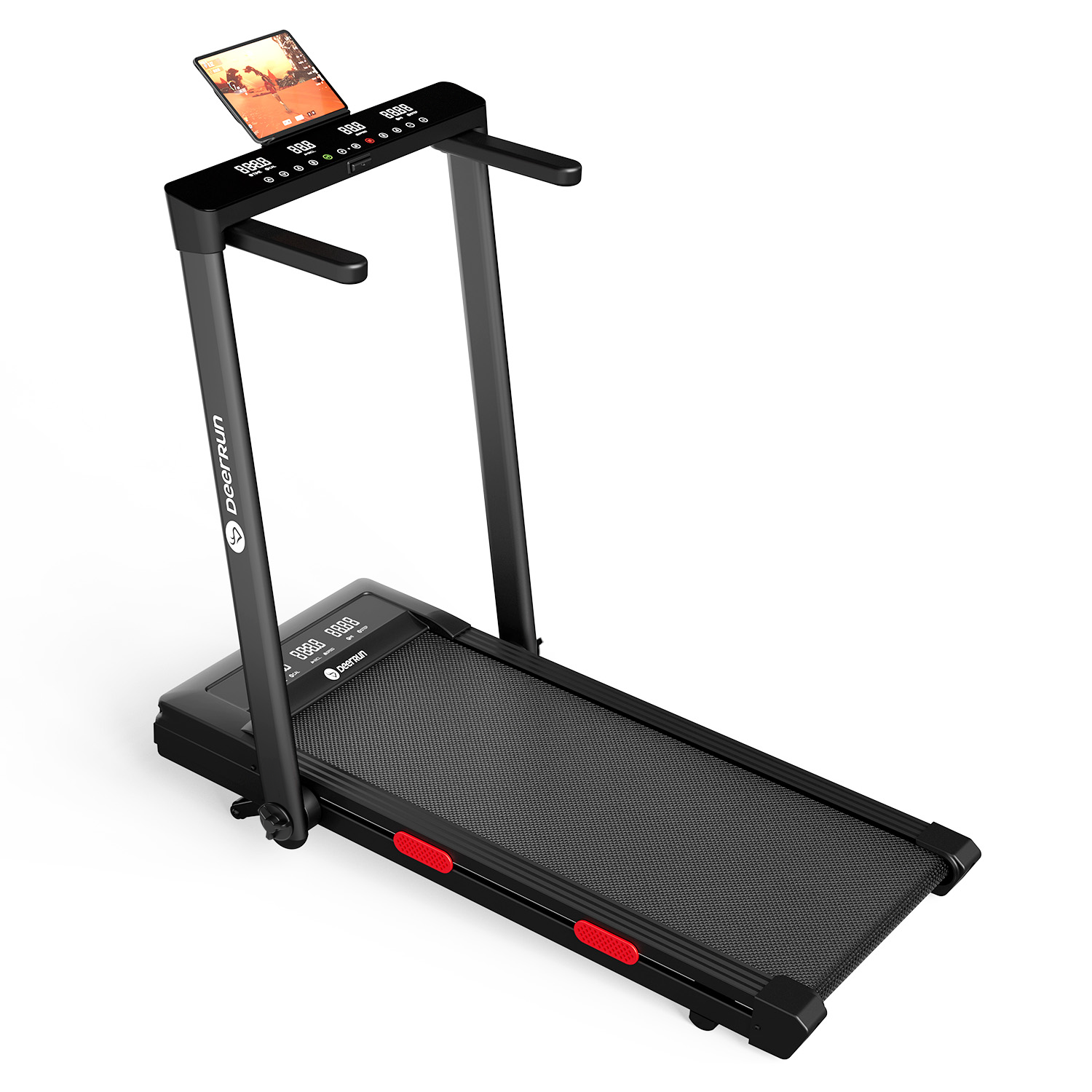













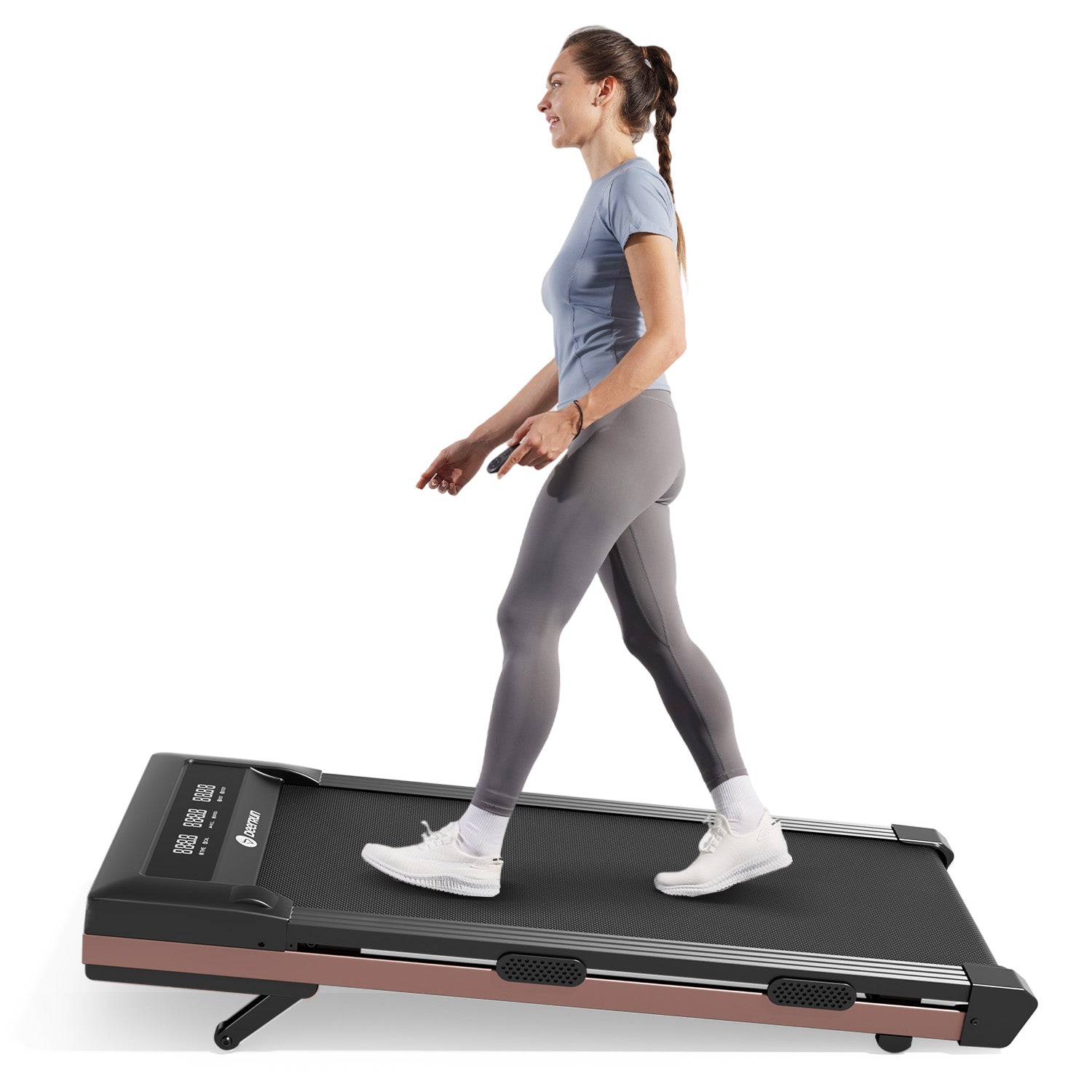
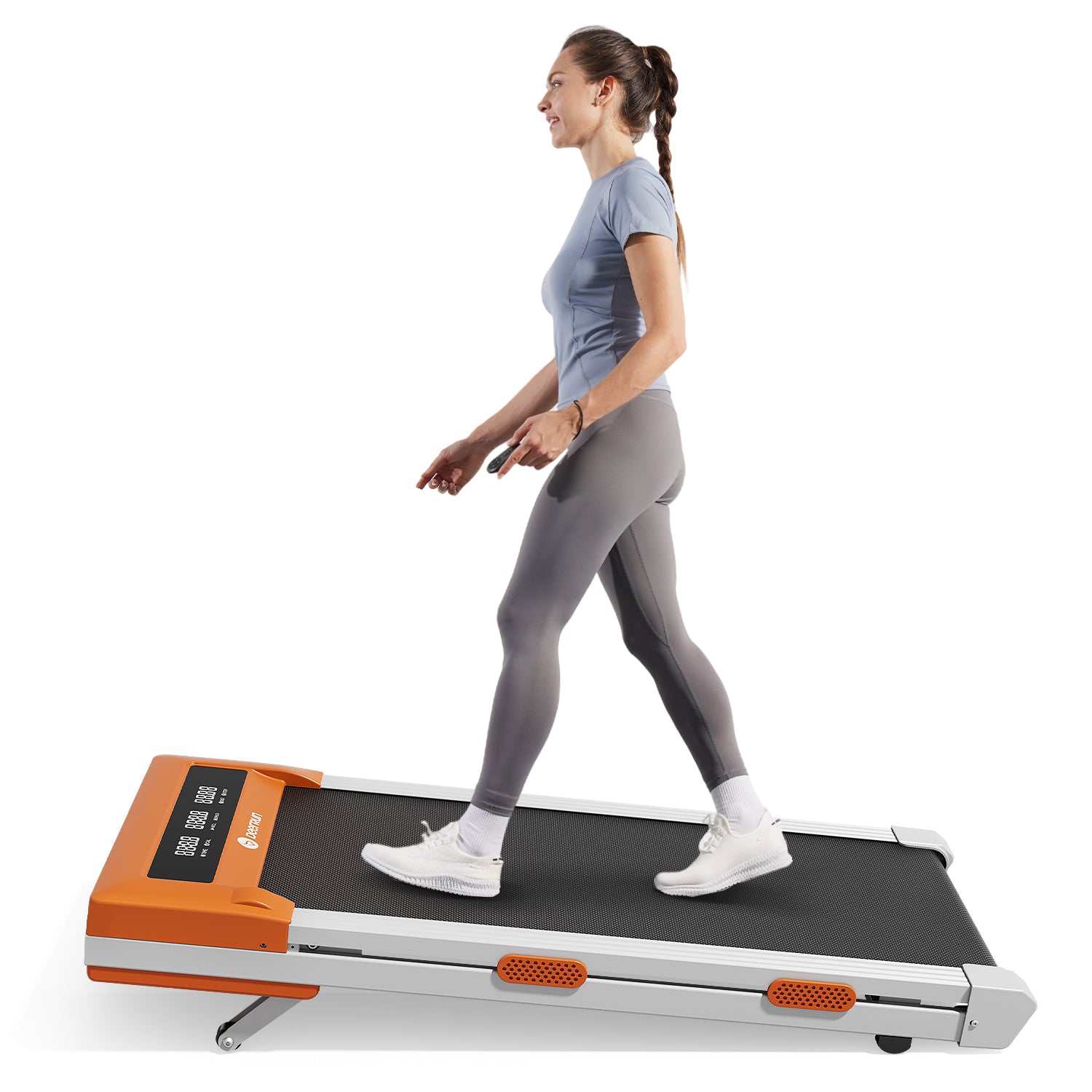

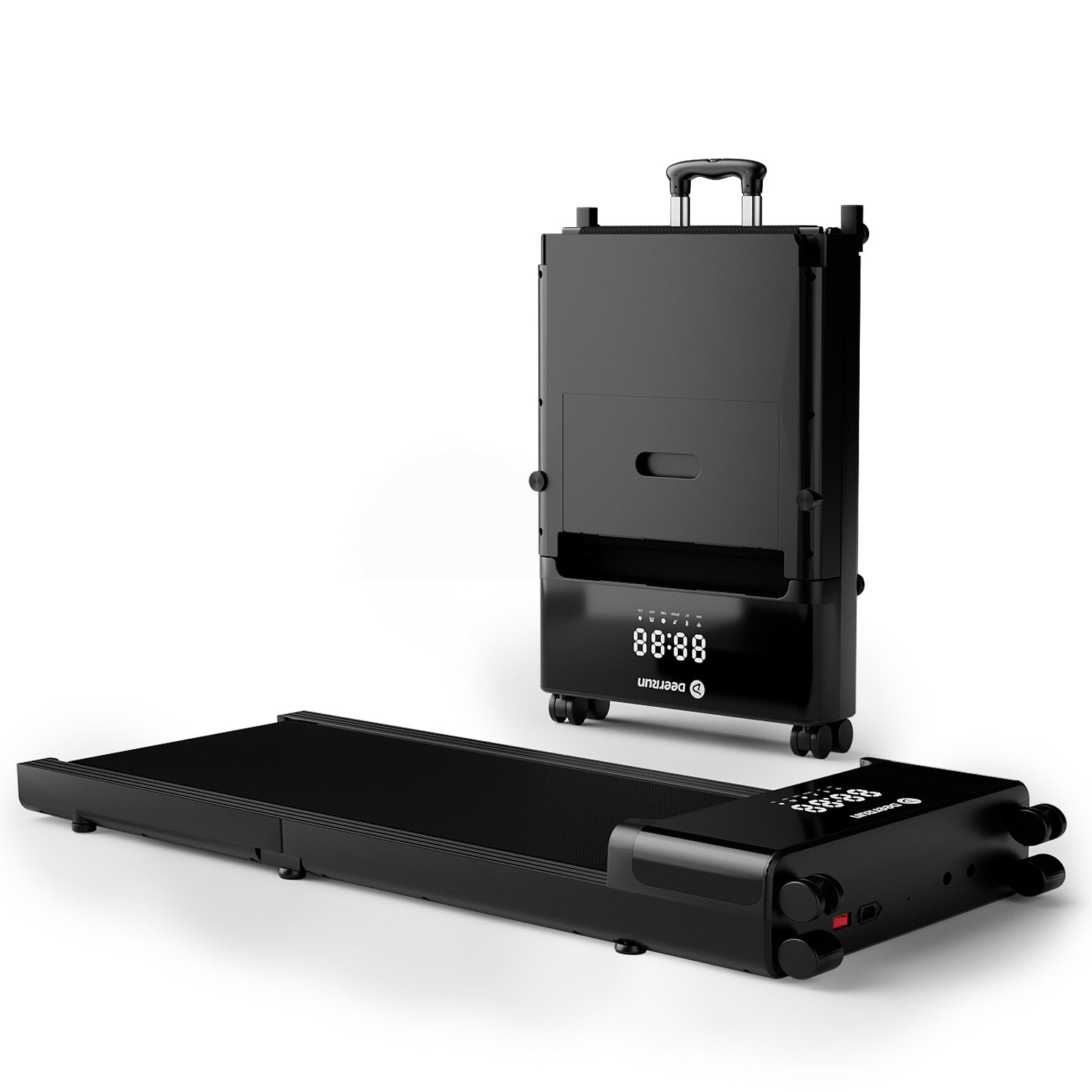

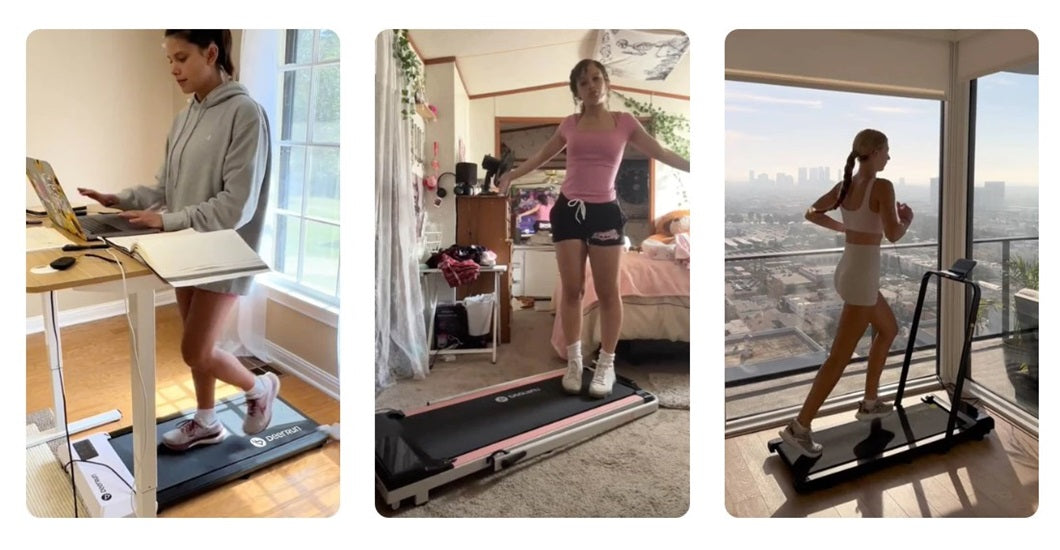

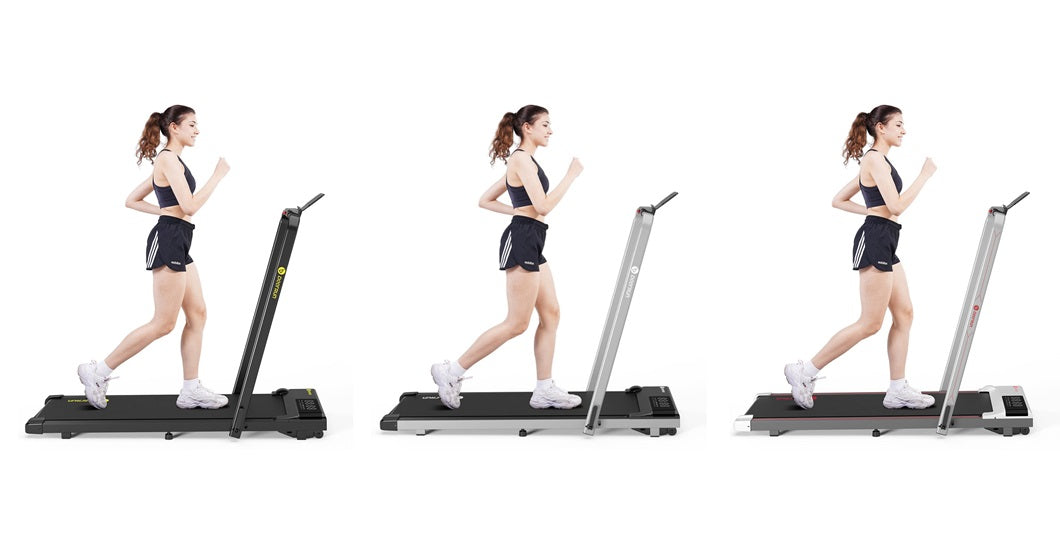
Leave a comment
All comments are moderated before being published.
This site is protected by hCaptcha and the hCaptcha Privacy Policy and Terms of Service apply.